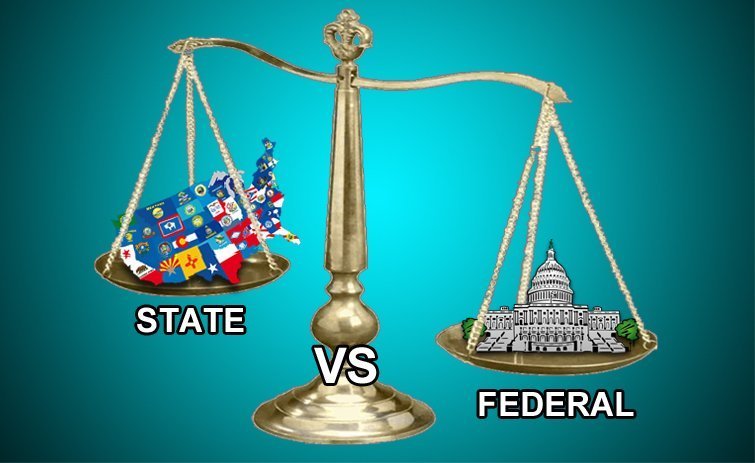
Marijuana Legalization: State vs. Federal Laws
Marijuana is currently a Schedule I drug under the Controlled Substances Act, meaning that the federal government considers it to have a high potential for abuse and no currently accepted medical use. However, individual states have been legalizing marijuana for medical and/or recreational use at a growing pace.
The first state to legalize marijuana was Colorado, with the passage of Amendment 64 in 2012. The amendment allows for the personal use, possession, and cultivation of marijuana by adults 21 and older. It also established a regulated system of licensed marijuana businesses.
Since then, a number of other states have followed Colorado’s lead. In 2016, voters in California, Massachusetts, and Nevada approved ballot initiatives legalizing marijuana. And in 2018, Vermont became the first state to legalize marijuana through the legislative process, rather than a ballot initiative.
So far, all of the states that have legalized marijuana have done so through ballot initiatives. But there is growing momentum for marijuana legalization in the states legislatures. In 2017, New Jersey lawmakers passed a bill legalizing marijuana, but it was vetoed by Governor Chris Christie. And in 2018, lawmakers in New York and Connecticut introduced bills to legalize marijuana making it legal today.
So far, only a handful of states have legalized marijuana for recreational use. But a growing number of states are legalizing marijuana for medical use. In fact, 29 states have now legalized marijuana for medical use.
So what are these state laws legalizing marijuana? They are a mix of laws allowing for the personal use, possession, and cultivation of marijuana by adults, as well as laws establishing a regulated system of licensed marijuana businesses.
State laws legalizing marijuana conflict with federal laws in several ways. First, state laws generally allow for larger quantities of marijuana to be possessed than federal law allows. Second, state laws generally allow for marijuana to be distributed and sold in a manner that is not sanctioned by the federal government. Finally, state laws generally do not include provisions that punish individuals for violating federal marijuana laws. These conflicts create uncertainty for individuals and businesses in states that have legalized marijuana, and could lead to federal enforcement actions against state-legal marijuana activities.
The federal government classifies marijuana as a Schedule I drug, which means that it has a high potential for abuse and no accepted medical use. States that have legalized marijuana, however, argue that it should be classified as a Schedule II drug, which would allow for its medical use. This conflict has led to a number of legal challenges. Plus, always remember Federal Laws trump State Laws. In other words, it’s the feds way or the highway.
The future of marijuana legalization in the United States is still up in the air. There are many states where marijuana is legal for recreational use, and there are many more where it is legal for medicinal use. The federal government still considers marijuana to be a Schedule I drug, however, which means that it is considered to have no medical value and a high potential for abuse. This could change in the future, but it is not clear what the outcome will be. However as it continues to spread at the state level, the federal government will likely face increasing pressure to change its stance on the drug.
How is the Biden administration going to handle this issue? They’re doing more research. But it is likely that the debate over marijuana legalization will only grow more heated in the years to come.
How do state laws legalizing marijuana conflict with federal laws?
If you liked this post, say thanks by sharing it


